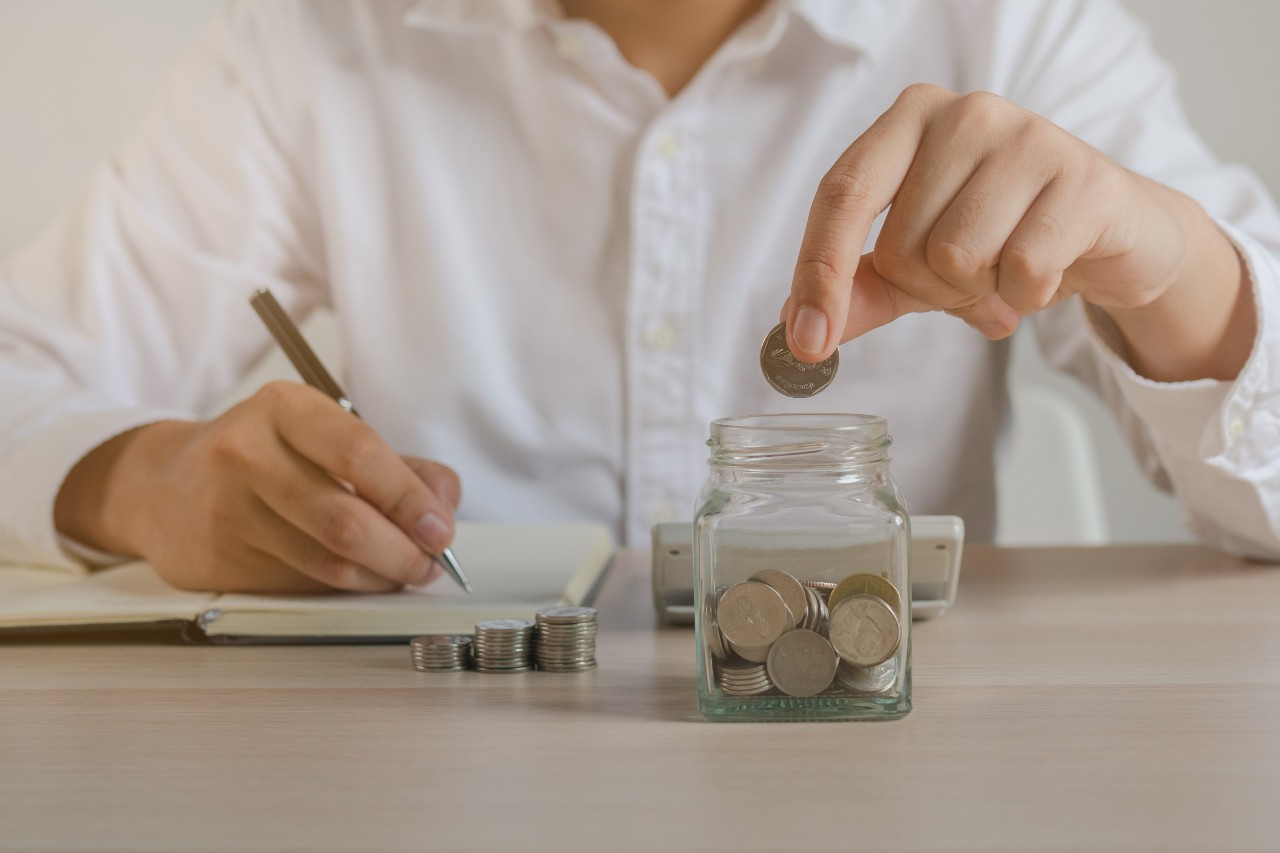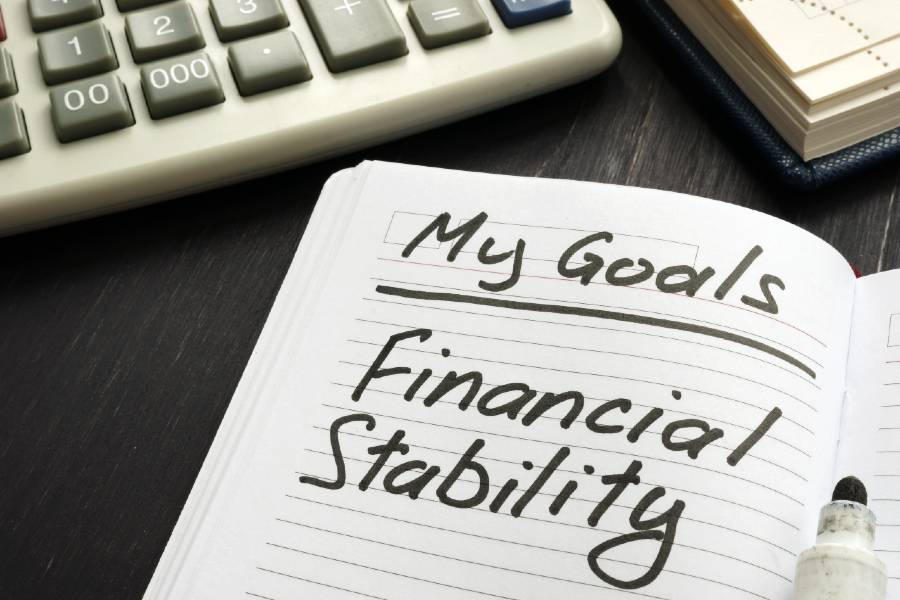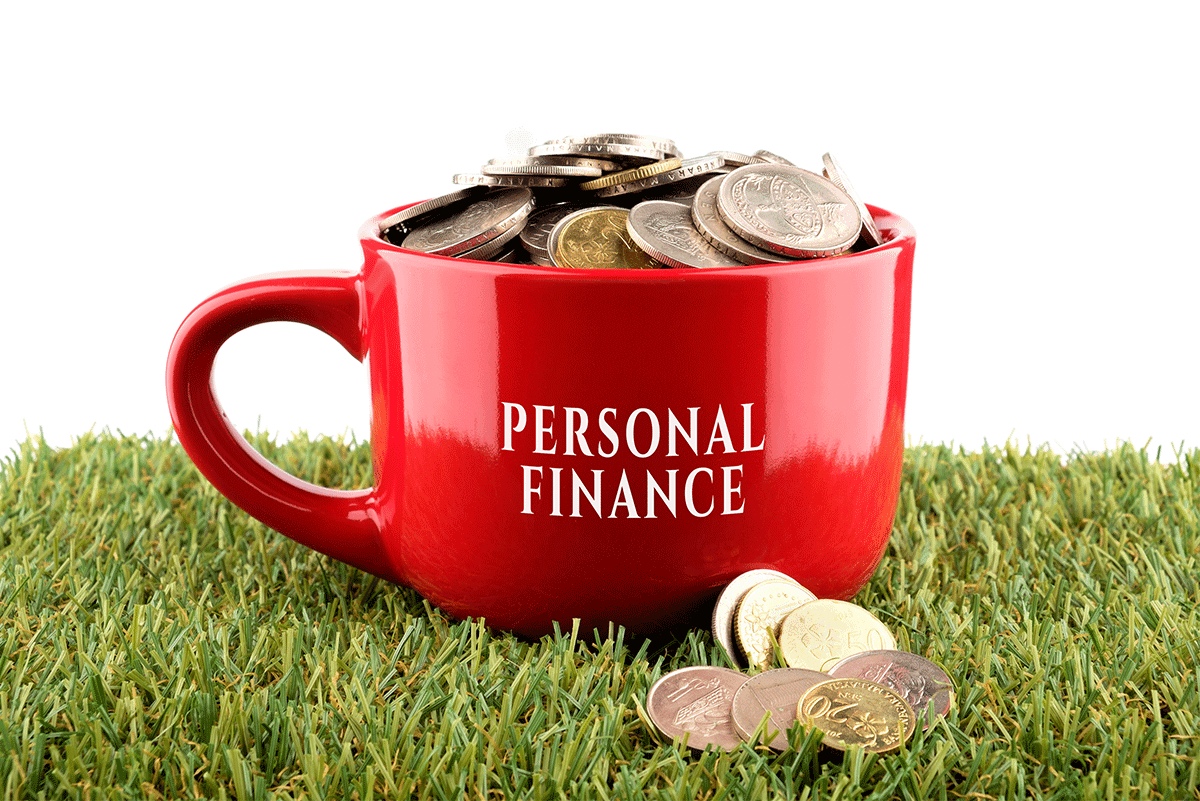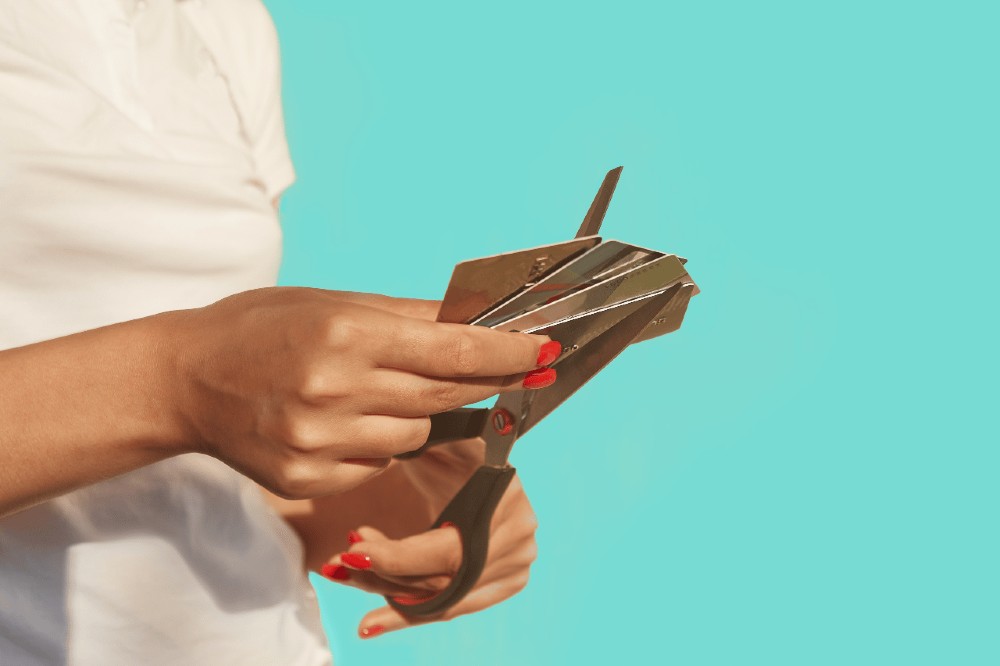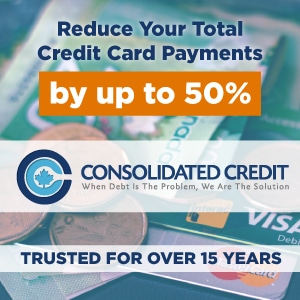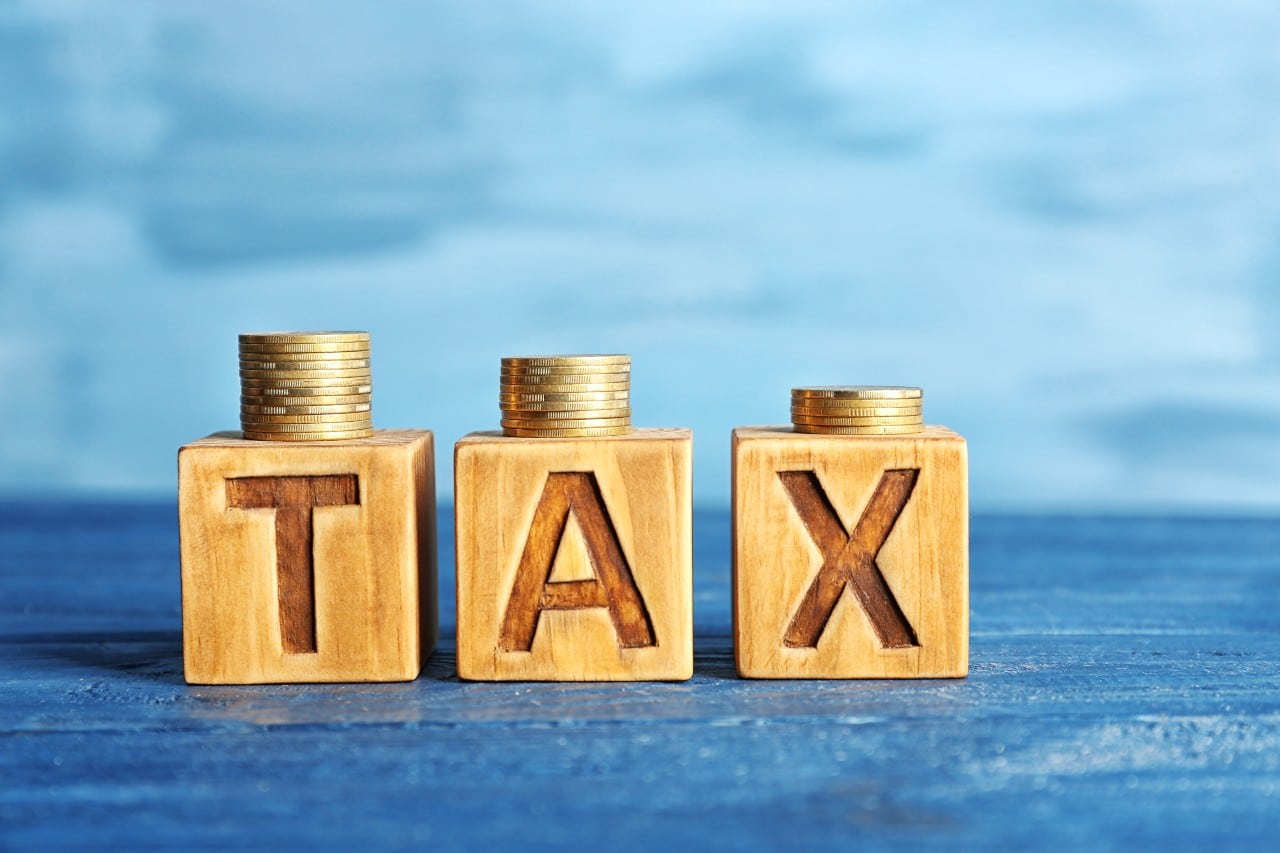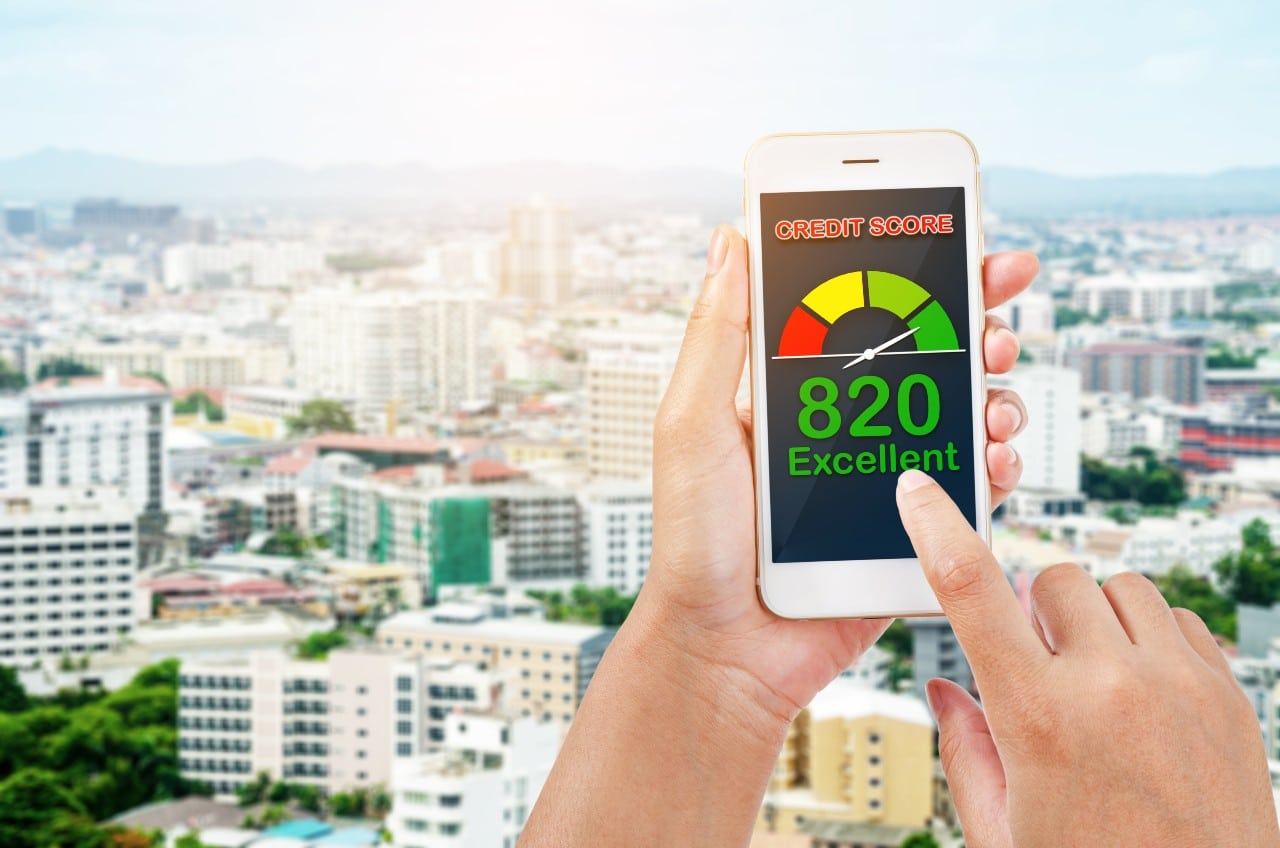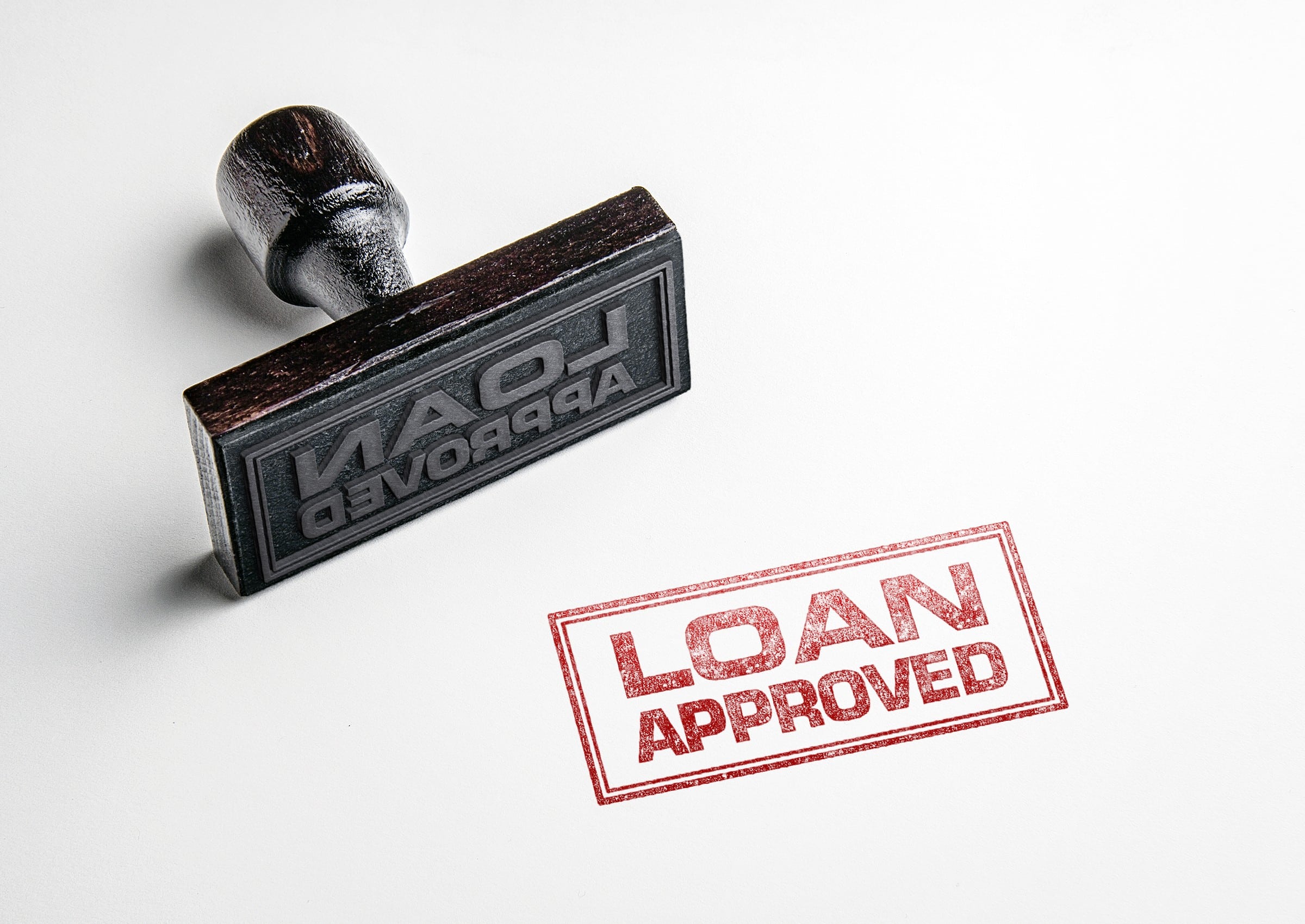Budgeting is a key skill to learn if you want to ensure you have healthy money habits. Even with all the great benefits budgeting offers, statistics show only 49% of Canadians actually have one in place. While creating a budget can sound intimidating at first, it doesn’t have to be. You don’t need to be a math wiz or great with money to set up your first budget. It’s a lot simpler than you might think. The first step is to learn about the most common types of budget and budgeting tracking systems so you can choose the best one for you.
Why is Budgeting Important?
Having a solid budget in place will ensure you’re spending within your means and avoiding debt. It can also help you get out of debt and hit your savings goals faster. If you’re saving for a home or a dream vacation, having a budget will keep you on track to reach those goals. Finances can be a great source of stress for many people. Having a budget in place is a great way to mitigate financial stress. Just assessing your budget and knowing where you are financially can put your mind at ease. If reviewing your budget indicates that you could be in trouble financially, you may worry initially, but it gives you the information needed to get help. Having a budget means you’re more likely to become aware of any issues earlier so you can get the help you need and get back on your feet sooner.
Types of Budget Systems
There are many different types of budget and budget preparation methods. Here are the ones you should consider if you are about to create a budget.
Zero-based Budgeting
“Give every dollar a job” is a phrase commonly heard when talking about Zero-based (or 0-based) budgets. There’s a good reason why. It explains the foundation of how the system works. With a zero-base budget, every dollar of income that enters your account is given a place to be spent. This does not mean that you are spending every dollar you earn. It means that every dollar you earn is going to be assigned to something. That could be paying the telephone bill, your morning coffee run, or your retirement. The goal is to set up your budget so that, theoretically, your checking account is back to zero. All your money is accounted for and allotted a specific purpose.
Activity-based Budgeting
Activity-based budgeting is a top-down approach, usually used in business budgeting, but can be used for personal use as well. If a company has a goal of selling $50 million in revenue, its budget will be set up around this goal. They start by first determining how much they will need to sell, and then factor in how much it will cost them in order to sell this amount. A personal finance scenario where this method is useful is when someone’s moving to a new city. They can look up the typical cost of housing, utilities and food in their new area to see how much they would need to make to maintain the lifestyle they’re looking for.
The Balanced Money Formula
The balanced money formula, made popular by US senator Elizabeth Warren, is more commonly referred to as the 50-20-30 method. The foundation of this method says that 50 percent of your income should be earmarked for your needs: rent, mortgage, groceries, healthcare, utilities, and such. The next 20 percent is dedicated to your savings goals: debt, retirement, and emergency fund. The final 30 percent goes to your wants: TV, clothing, vacations, and so on.
Cash Only Budget
This budgeting method is exactly how it sounds, cash only. This method steers away from using credit cards or other debt increasing payment methods. This is a powerful method for those that struggle with financial planning. It forces those using it to live within their means. Which is the best way to learn how to be financially responsible.
The “No Budget” Budget
The “no budget” budget is exactly what it sounds like, there’s no set budget. It’s the most flexible budget system as it does not involve tracking. Using this method starts by simply adding up all your fixed expenses. Once that’s done, all that’s left to do is check your bank account balance to ensure you always have enough available to cover your expenses. This method involves a little bit of work upfront to calculate the amount you need to always have available but otherwise is very simple to maintain. This method works best when all your bill payments are automated. A note of caution, this method is best for those with an income that leaves wiggle room and an emergency fund already in place.
Budgeting Tracking Systems
Tracking can be the most time-consuming part of creating a budget. It tends to be the reason people avoid creating one in the first place or give up on it soon after starting. Tracking doesn’t have to be frustrating. Use one of the following methods to keep tracking simple and easy so you stick with it.
Have a Separate Spending Account
A very simple way to track your spending habits and stick within your budget is to set up a bank account dedicated solely to spending. This account should be separate from your fixed expense account. Setting up your accounts this way you’ll always know your fixed expenses are covered. One quick and easy look at your spending account balance tells you how much you have available for spending at any time.
Use an App
Budgeting apps, like You Need A Budget and Mint, make it easy to input all your purchases so you can track of how much you spend in each budget category. A quick look at the app will show you how much you’ve spent, and how much you have left in that category.
Track With a Spreadsheet
If you love data and prefer to track yourself as you go, a Google Spreadsheet might work well for you. You can build and customize a worksheet that suits your preferences and by using the GoogleDrive app it’s available to you to update as you go.
Try the Envelope Method
The foundation of the envelope budget is setting aside the amount of cash for each budget category in an envelope. When you run out of cash in an envelope, you can no longer buy the things in that category. This method can be particularly useful to those just figuring out finances or that struggle with being financially responsible. Many people find that physically seeing how much money you have left helps avoid overspending.
How to Choose Which Type of Budget and Tracking System is Right for You
Ultimately, the best tracking system for you is the one you know you will stick to. When deciding which budget and budget tracking system to use, it’s helpful to factor in your current financial situation and your personality. A “no budget” budget is easy to stick to but isn’t helpful if you’re in debt or under financial pressure. The cash-only method can feel the strictest but can be incredibly beneficial for those that struggle with finances. If you love spreadsheets, then self-tracking might be the right way to go for you. If you’re a techie, an app might be the best choice.
When it comes to personal finances, sticking to a budgeting process is the fastest way to financial freedom. There are a variety of types of budget and budgeting processes. Try out different ones to see which one works best for you.
Need help setting up a budget? Our trained Credit Counsellors can help. Get in touch today to get started.
